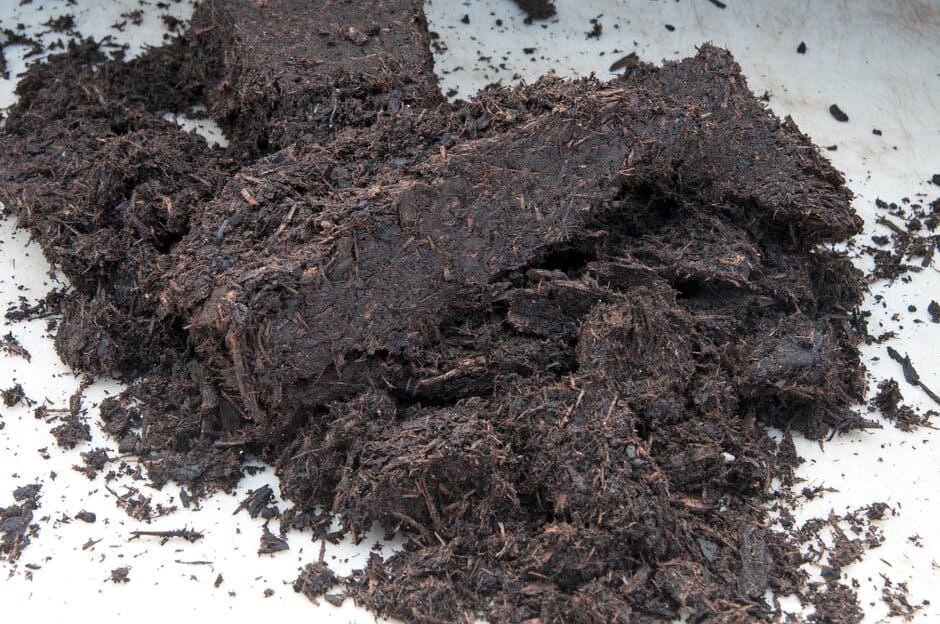How to reuse spent compost
It’s not uncommon to have some spent compost at the end of each growing season, especially if you grow bulbs or bedding plants in containers. Rather than getting rid of this, which can be difficult and wasteful, there are a handful of ways to reuse it within your garden.

Quick facts
-
Compost breaks down and compacts over time, so it needs enriching and mixing thoroughly before it can be reused for planting
-
You may need to add a fertiliser if you are reusing compost for hungry plants like roses
-
Using spent compost for mulching around established trees and shrubs is a good option where it is very old or tired
Getting started
Spent
The manufacture, transport and packaging of bagged compost has a large carbon footprint, so being able to use it again for growing plants helps save the planet and saves you the cost of buying new compost each time you replant.
What you’ll need to reuse spent compost:
- Gloves
- A board or sheet to tip the compost out on
- Organic matter, like garden compost, leafmould or well-rotted manure (if replanting)
- A garden fork (if digging-in)
- A shovel and a rake (if mulching)
- Sharp sand and a brush or rake (if top dressing)
Five ways to reuse spent compost
-
Add organic matter and use it again for planting
Tip out spent compost, remove any large sections of root and work it back to a smooth, fluffy texture with your hands. Then add handfuls of organic matter, like garden compost or well-rotted manure, to create a mixture of around 70% spent compost to 30% new organic matter. This mixture can now be used for planting up containers.
-
Improve your garden soil by digging-in spent compost
Though it won’t add much in the way of nutrients, it will improve soil structure, helping with aeration and drainage, and in turn will boost soil biodiversity.
-
Mulch your beds and borders to lock-in moisture and suppress weeds
Use a shovel to pile the compost onto your beds and a metal rake to spread it over the soil to a depth of around 7.5cm (3in). Over time the mulch will be worked in by soil organisms, thereby improving the structure and health of your soil.
-
Improve the appearance and health of lawns
Add spent compost as a top dressing in autumn, mixing it with sand and brushing or raking it into the holes created by spiking (aerating). For more information, see our guide to autumn lawn care. Spent compost can also be used to even out dips and hollows when repairing lawns.
-
Boost an existing compost bin or start a new one
Even spent compost will contain a variety of soil organisms that can be put to work breaking down garden and kitchen waste. If you’ve got lots of spent compost to add, do this in layers between other waste. Adding spent compost to the base of new bins can help kick start the composting process.
Get involved
The Royal Horticultural Society is the UK’s leading gardening charity. We aim to enrich everyone’s life through plants, and make the UK a greener and more beautiful place.